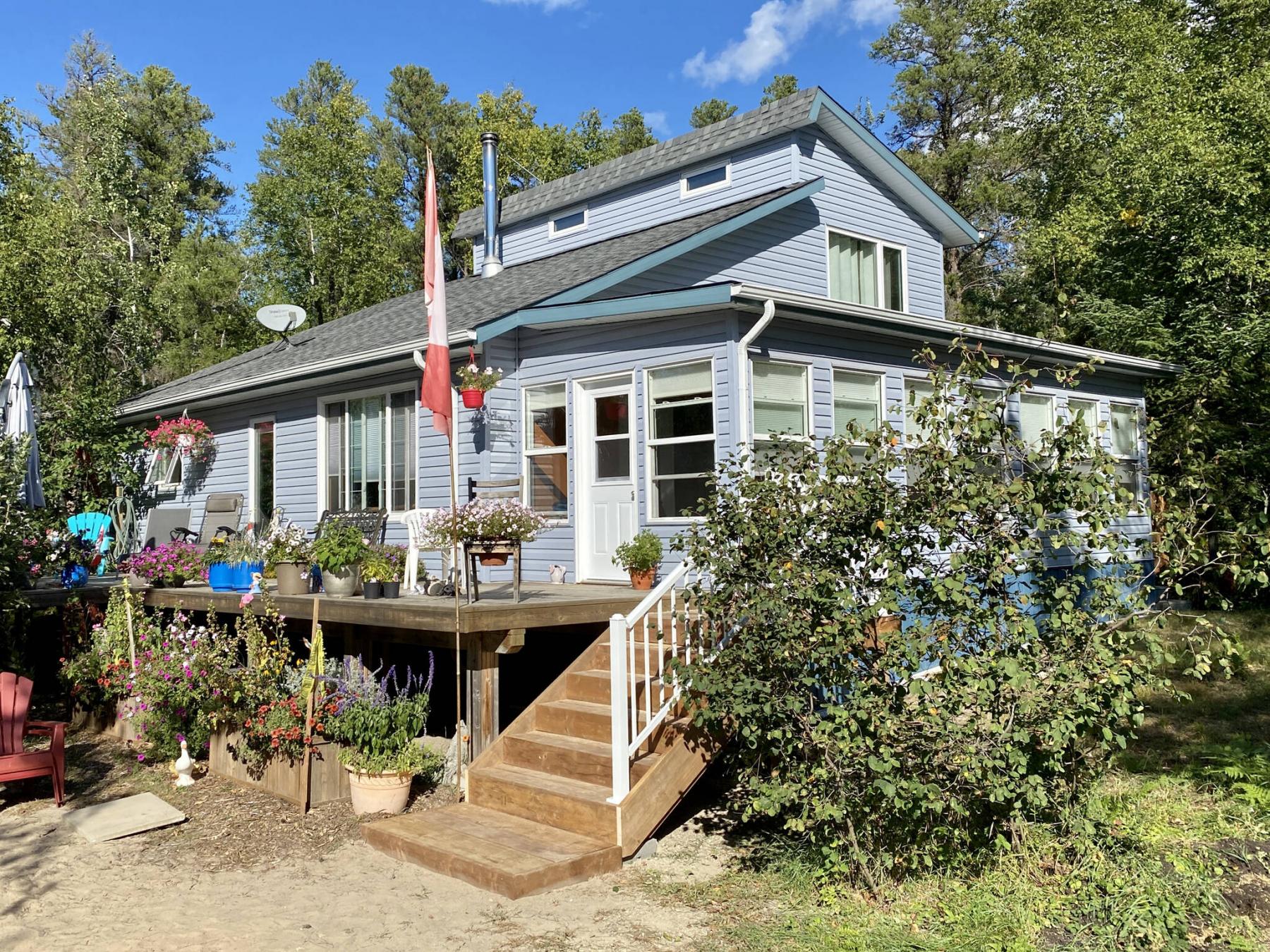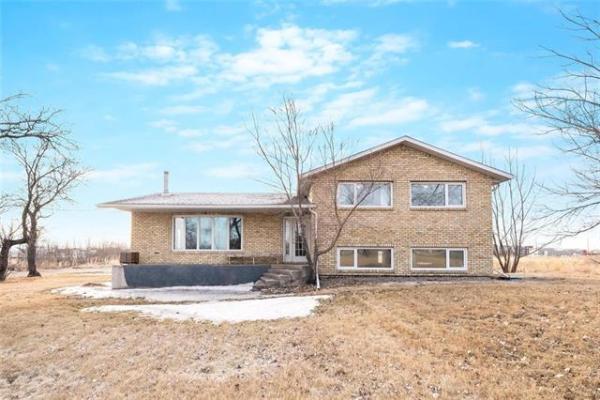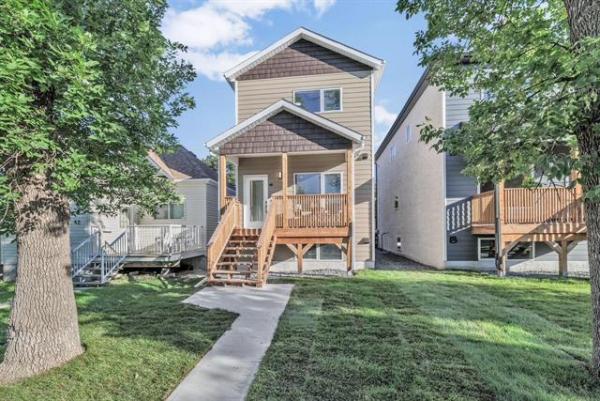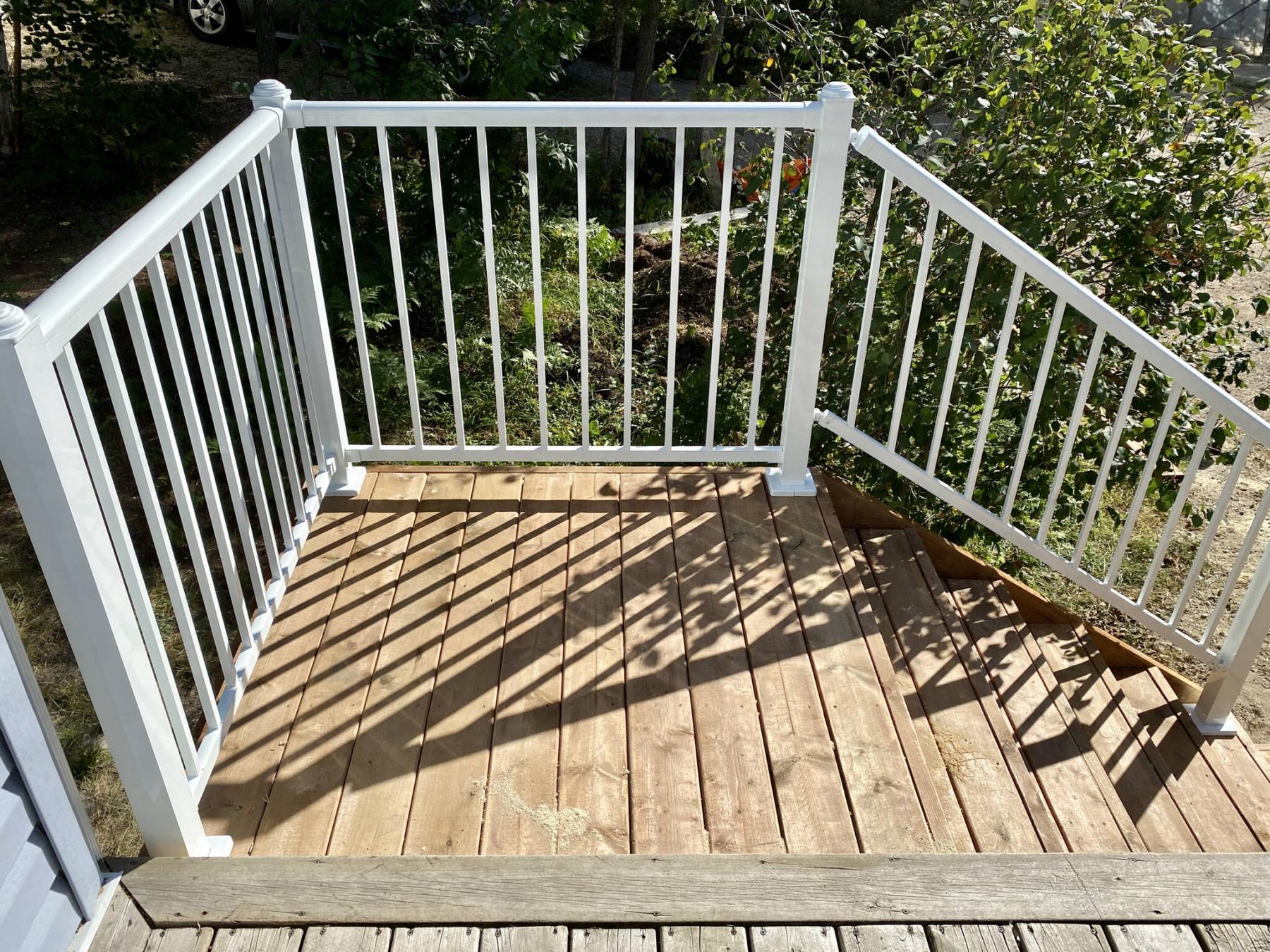
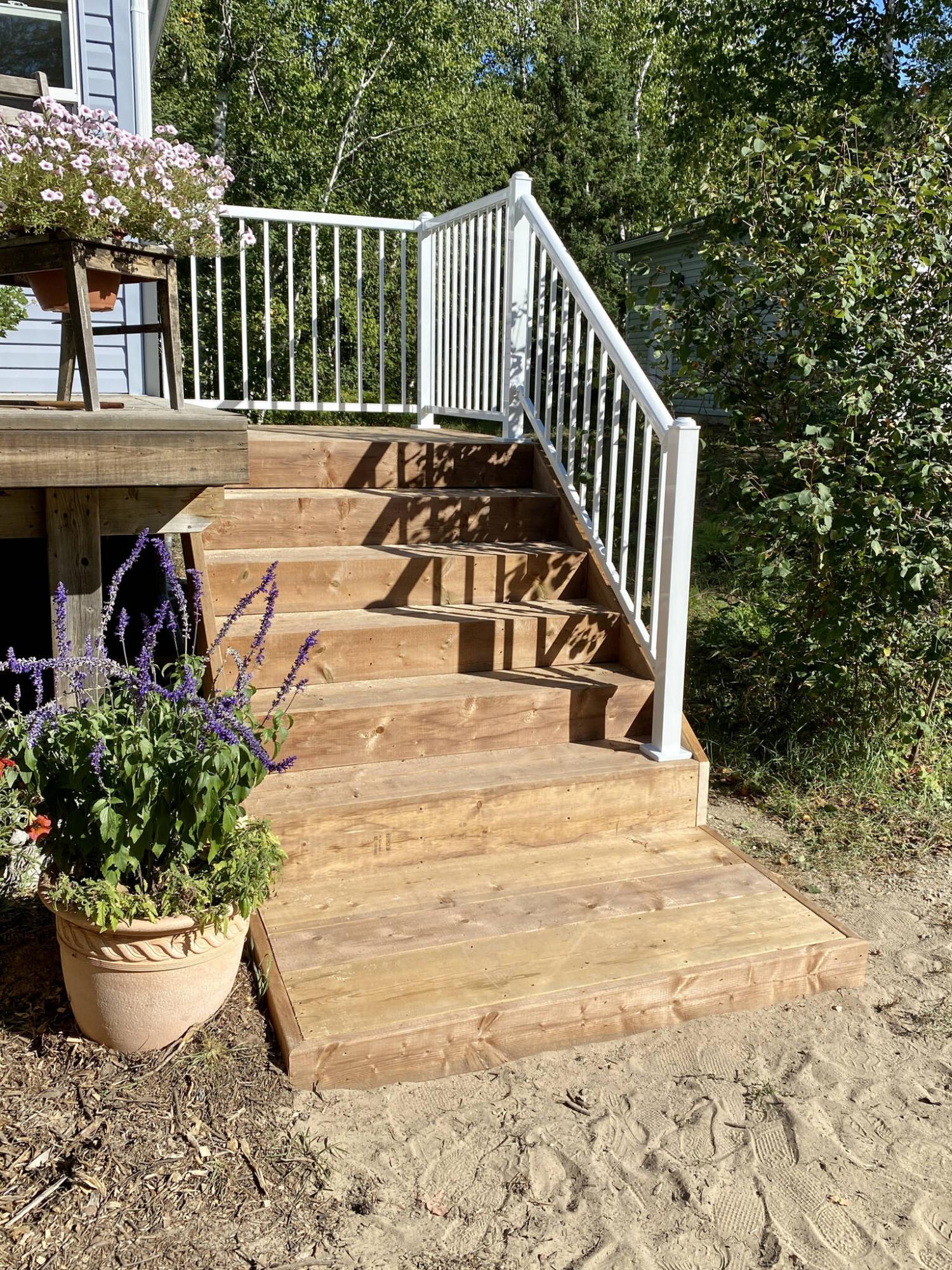
Summer build seasons are hectic, primarily due to the congestion of projects that require attention between the time the snow melts, and moment winter is thrust upon us. Most of my usual exterior projects are scheduled on a weekly basis (decks, porches etc.), allowing a few “free” days now and then to fit in a smaller job that can be achieved in a single day, such as a pergola. As time winds down with autumn already upon us, it quickly became necessary to sacrifice a weekend to tackle one to those remaining “single day” projects.
A short drive to the beaches was planned on a Saturday a few weeks ago, to erect a small five-foot by five-foot landing plus stairs adjacent to the near side of an existing deck. This location was familiar, having spent the better part of three months in 2018 on site adding a rather large addition to the far side of this four-season cottage. Until that Saturday, the homeowners had to walk past the front of the dwelling to reach the stairs on the far side of the front deck simply to access the cottage entrance. Before the addition, the front door was conveniently located to this far away staircase. Post-addition, with the main entry now situated on the close side, the cumbersome trek to reach the front door has become a nuisance. As such, a new staircase would be added to undermine the unpleasantness.
The project began with a five-by-five foot step-down landing mounted along the side face of the existing front deck, flush with the front face of the cottage. Built using 2×8 treated lumber, the main frame is fastened to the deck frame using five-inch TimberLok lag screws, supported by two 4×4 posts atop concrete post pads on the outer edge. A quick measurement of the overall height of the landing confirms the need for six stairs, or in this instance five stairs and a lower landing (a last-minute design change) at the base of the stairs. The stairs stringers were custom cut on site using 2×12 treated lumber, for a seven-and-a-half rise and 12-inch run. Once the stringers were properly secured to the front face of the upper landing, the underside of the stringers were leveled atop concrete pads. Each of the stairs were topped with tandem 2x6s, continuing the 2×6 trend along the topside of the upper landing. All visible horizontal sides were then adorned with 2×8 fascia, with decorative 2×12 stringers fastened along the outer sides of the staircase. A lower landing was then built independently from the newly constructed stairs (to allow for future options, such as patio blocks). Framed with 2x4s, the topside of the lower landing was sheathed with remnant 2×12 and 2×10 sections, and the remaining 2×6 lengths were used as fascia.
With the lumber portion of the build completed, white aluminum railing was installed along the outer perimeter of the upper landing and along the outside edge of the stairs. The three upper posts are set into position, as well as the post atop the lowest stair. The upper and lower horizontal supports are then set into place, and each of the balusters “click” into position at a consistent gap, using the spacers provided. The railing section along the stair grade follows much the same process but presents a few extra challenges as the mounts for the horizontal supports must first be fastened to the bare side of the posts, before the supports are placed, and the balusters can be “clicked” into place.
Luckily as the sun began to descend towards the horizon, the new set of stairs was ready for use just in time for a nice meal and a glass of wine.
The project was indeed completed in a single day. However, it should be noted that this was only made possible because the treated lumber had been previously delivered, and the aluminum railing elements had been picked-up the afternoon before. The day had been well planned out on short notice, it’s amazing what can be accomplished when everything is on site and ready to go. Oh, and things go much faster when the homeowner lends a hand — thanks for the help, and the meal afterwards was fantastic.
RenoBoss.Inc@outlook.com

